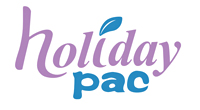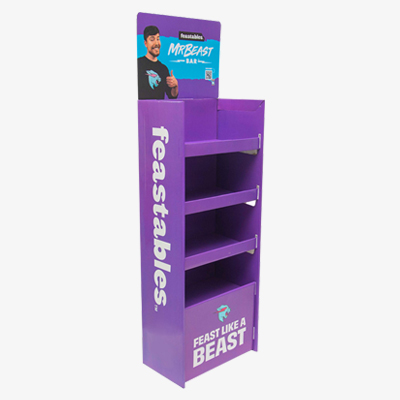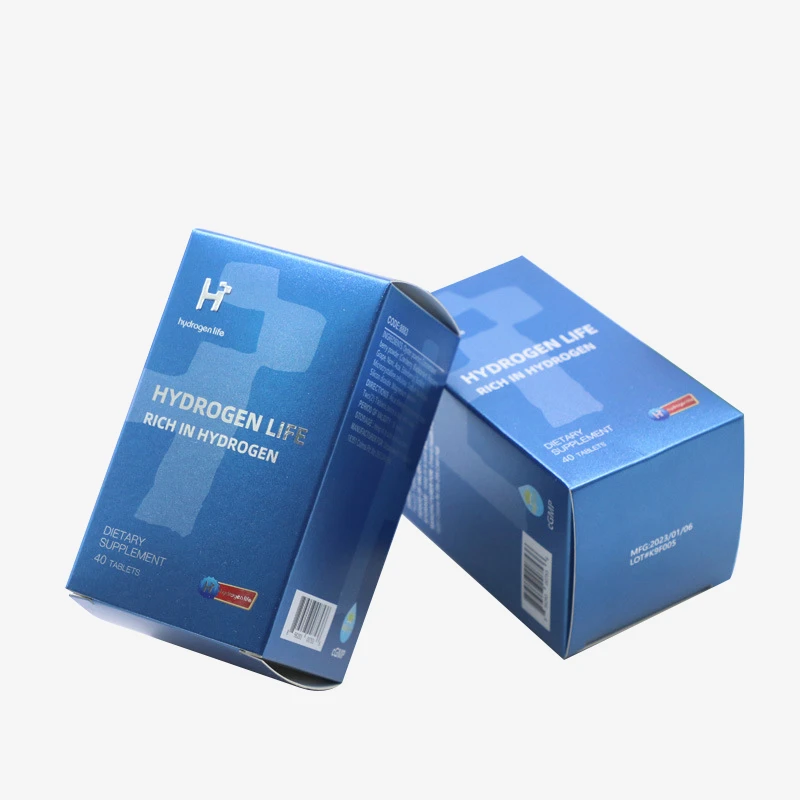Understanding Perforated Display Boxes
Perforated display boxes are a specialized type of packaging designed with perforated lines or patterns, enabling easy separation of sections or individual product dispensing. These boxes are particularly suitable for retail environments, where they enhance both product visibility and customer convenience.
Key Features
– Perforated Lines: Strategically placed perforations allow customers to tear off sections or items with ease, ensuring the rest of the package remains intact.
– Customizable Designs: These boxes can be tailored with various patterns, shapes, and sizes to meet specific product and display needs.
– Sturdy Construction: Made from durable materials like corrugated cardboard or paperboard, these boxes maintain structural integrity, protecting the products inside.
– Branding Opportunities: Ample space for branding allows businesses to display logos, product details, and marketing messages, drawing customer attention.

Benefits
– Improved Accessibility: The design makes it easier for customers to access and dispense products, enhancing the shopping experience.
– Reduced Waste: By allowing customers to take only what they need, these boxes help minimize product waste and reduce environmental impact.
– Enhanced Visibility: Designed to prominently display products, they increase visibility and appeal in retail settings.
– Efficient Restocking: When a section is emptied, it can be easily refilled, saving time and labor for store staff.
– Cost-Effectiveness: Often more economical than individual packaging, these boxes use less material and labor, reducing production costs.

Applications
Perforated display boxes are versatile and commonly used for a wide range of products, including:
– Small Retail Items: Such as accessories, batteries, and office supplies.
– Snack Foods: Like individual servings of chips, candies, and other snacks.
– Cosmetics: Including samples, travel-sized products, and single-use items.
– Hardware: Such as screws, nails, and other small components.

Best Materials for Perforated Display Boxes
The choice of materials for making perforated display boxes focuses on durability, ease of customization, and cost-effectiveness. Here are the top options:
1. Cardboard
– Description: Lightweight yet structurally sound, cardboard is a popular choice.
– Benefits: Ideal for branding and product information, easy to perforate, and suitable for a variety of products.
2. Corrugated Cardboard
– Description: Comprising a fluted layer between two liners, it offers additional strength.
– Benefits: Excellent for heavier items, provides robust protection during shipping, with various thickness options like E-flute and B-flute.
3. Kraft Paper
– Description: Known for strength and durability, kraft paper is a go-to for eco-friendly packaging.
– Benefits: Biodegradable, recyclable, and aesthetically appealing with a rustic look.
4. Paperboard
– Description: A thicker paper type, offering a sturdy structure.
– Benefits: Smooth surface for high-quality printing, easily perforated, suitable for creative designs.
5. Eco-Friendly Materials
– Description: Made from recycled content or biodegradable substances.
– Benefits: Aligns with sustainability goals, appeals to environmentally conscious consumers, and can be combined with traditional materials for a sustainable solution.

Impact of Perforations on Box Durability
While perforations enhance functionality, they can affect the durability of corrugated boxes in several ways:
– Reduction in Compressive Strength: Perforations create weak points, reducing the overall strength, especially when aligned parallel to the machine direction.
– Loss of Bending Stiffness: Perforations decrease the box’s rigidity, particularly when positioned at 90° angles.
– Factors Affecting Durability: The type of perforation and the quality of the corrugated board significantly influence durability.
– Mitigating Durability Loss: Using thicker, high-quality materials and optimizing perforation design can help maintain the box’s strength.
In summary, perforated display boxes are an effective solution for retail packaging, offering both practical and aesthetic benefits. However, careful consideration of material choice and perforation design is essential to balance functionality with durability.





